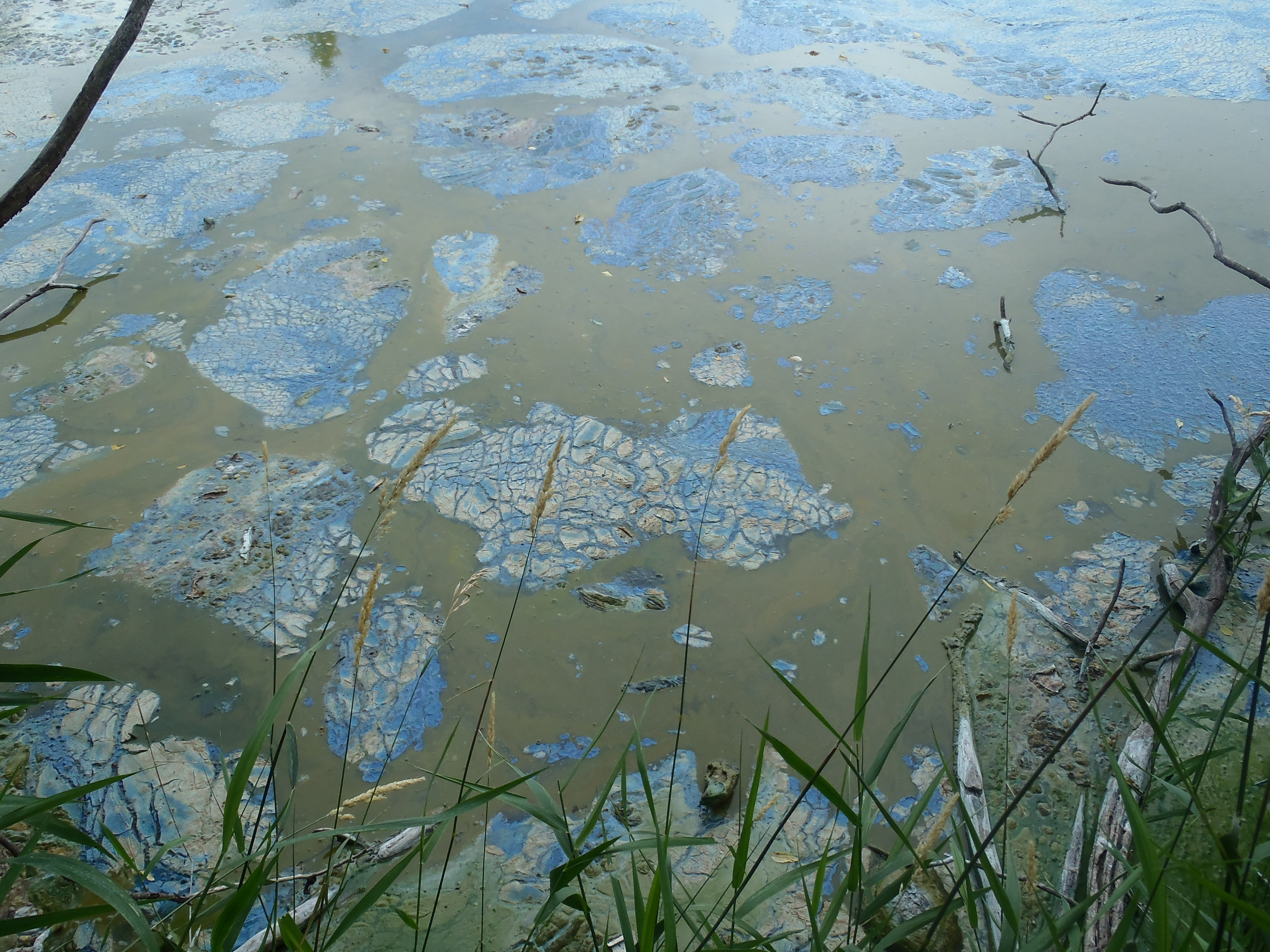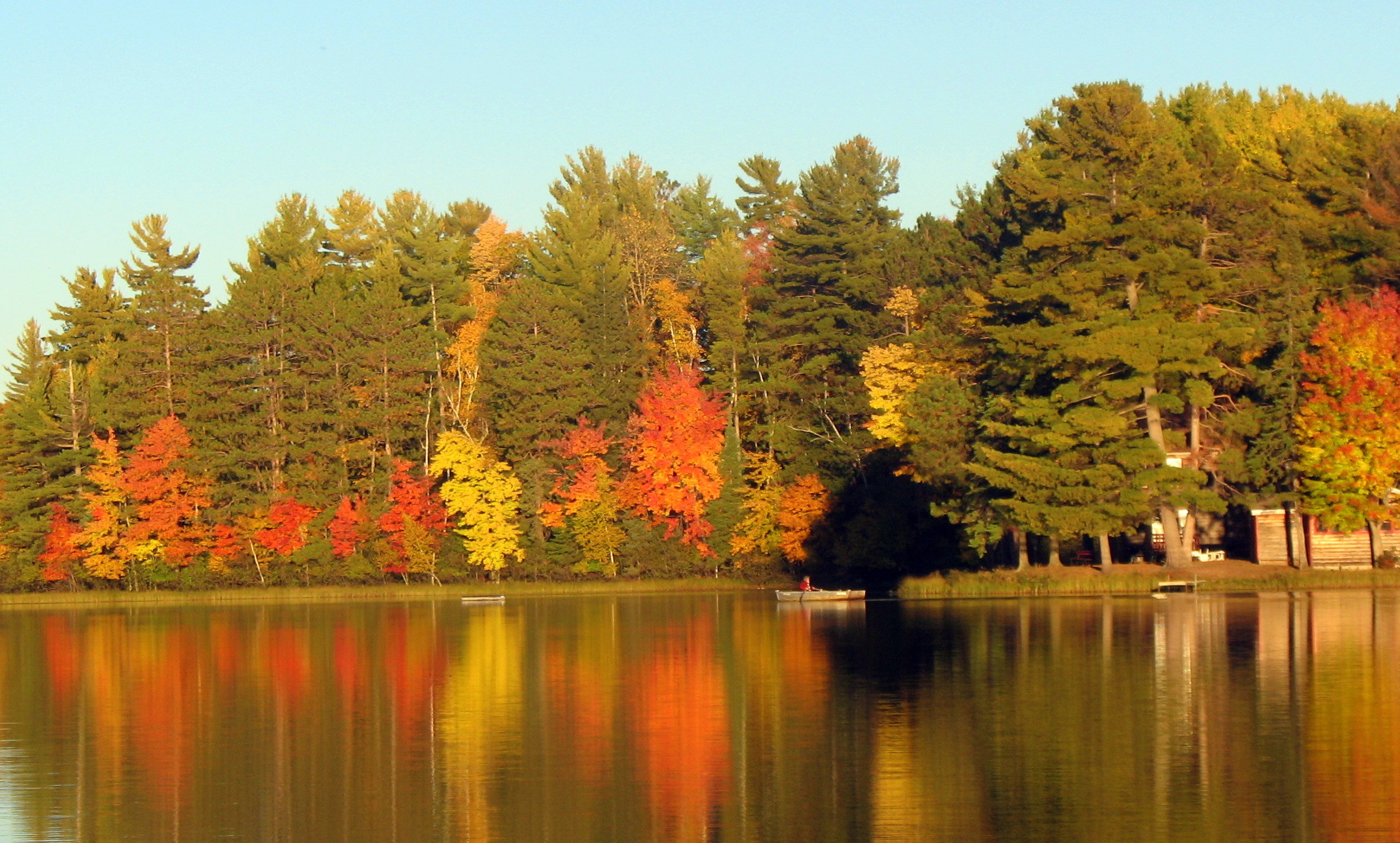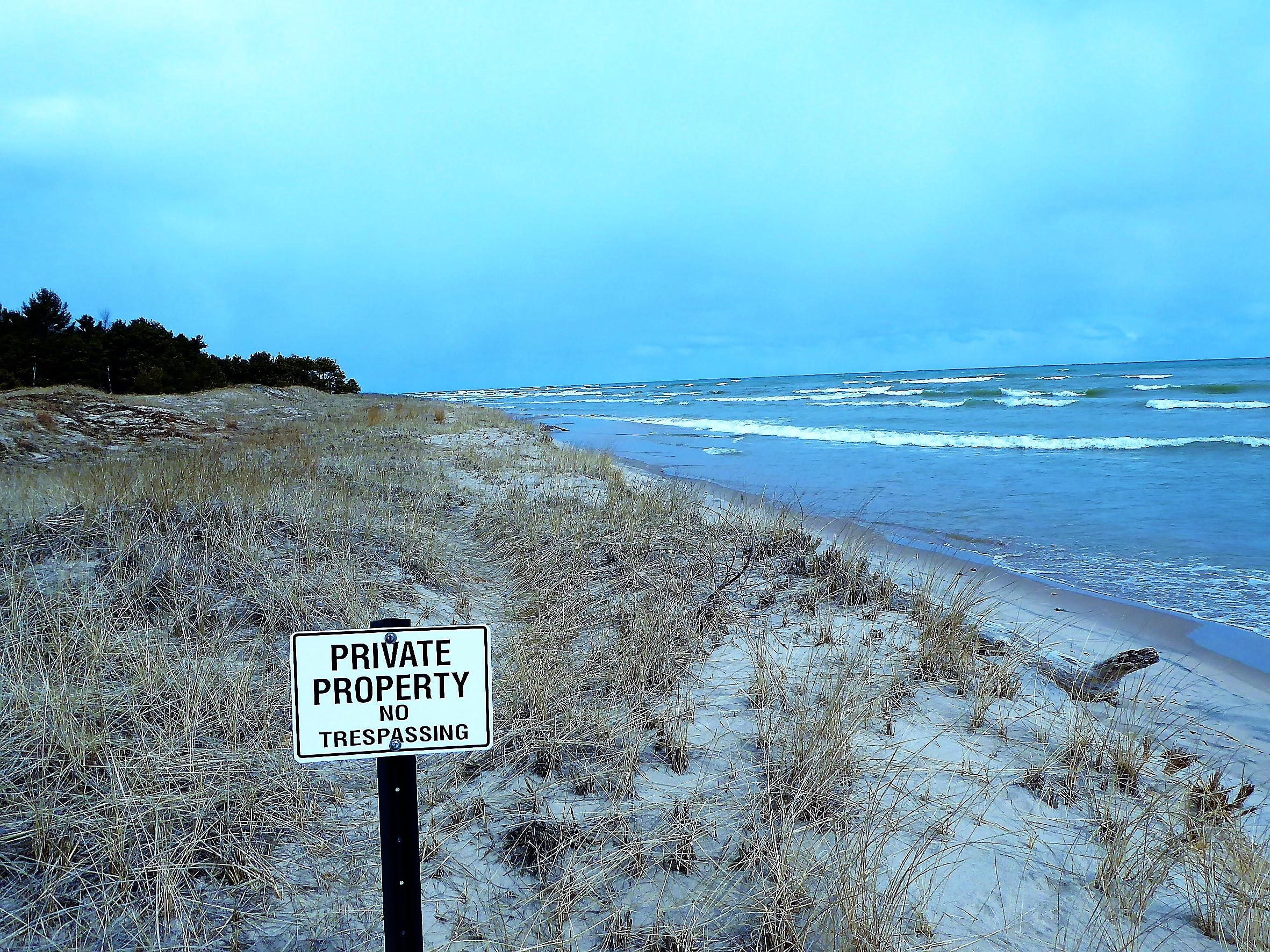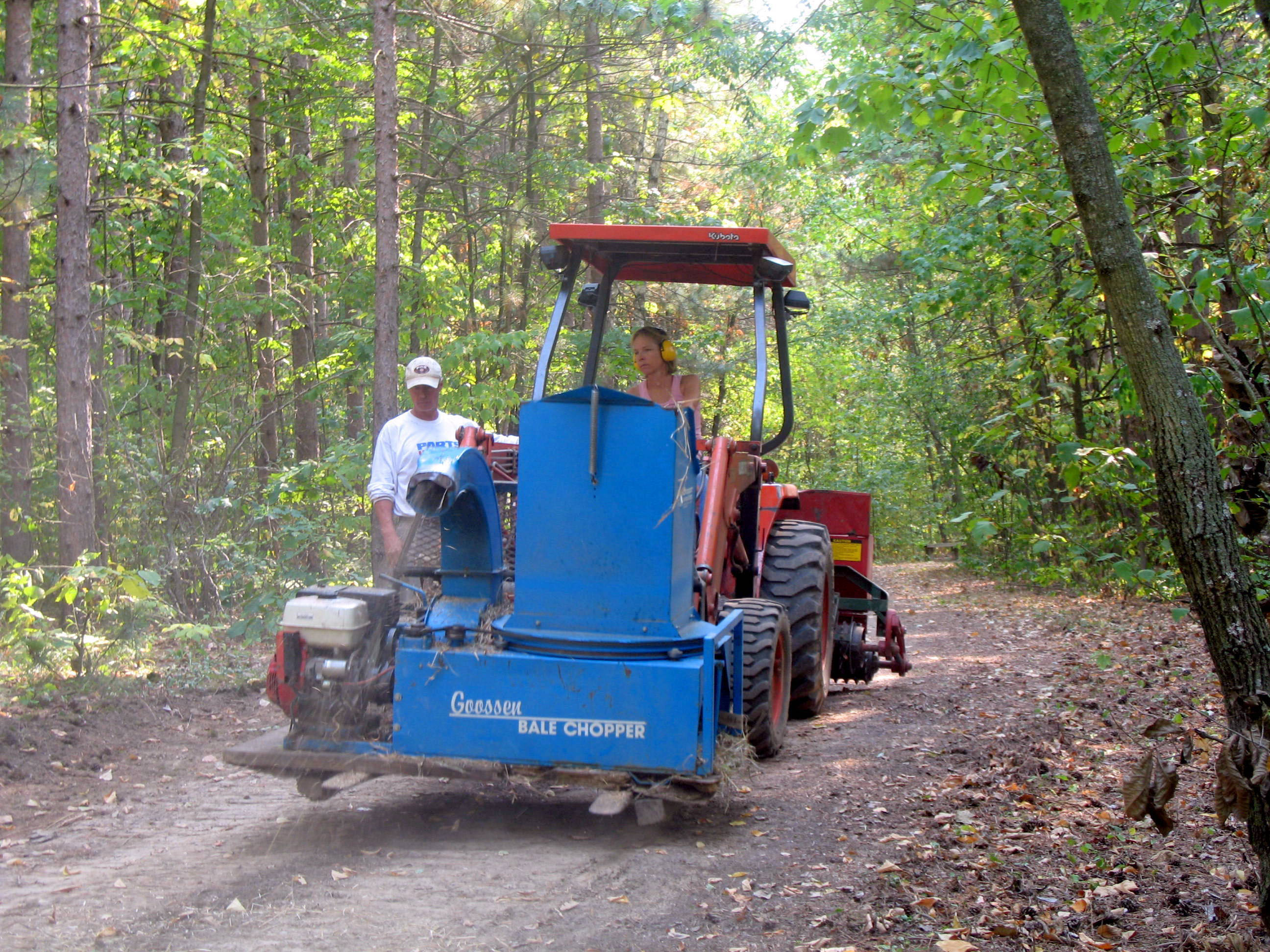July Silent Alarm …

BY MIKE MCFADZEN
Wisconsin Has a Water Problem
The Midwest is blessed with an abundance of fresh-water resources. Over 17 percent of Wisconsin is covered in water with 15,000 lakes, rivers and streams. Minnesota has almost 12,000 and there are more than 6,000 lakes in Michigan, but who’s counting? Two of the biggest inland lakes in the world, Lakes Superior and Lake Michigan border several Midwest states. Breathtaking scenery and a wide array of wildlife provide an enviable backdrop along thousands of miles of shoreline, where water enthusiasts can paddle, fish, swim or just take it in.
Water resources are the foundation for Wisconsin’s economy and quality of life. Managing and protecting our waters is a big job that DNR staff share with local governments, citizens and businesses.
Slowly and discretely, groundwater and surface water are being consumed and contaminated – and it’s not just Wisconsin. Other Midwest states are dealing with these same problems. Super-capacity wells crank out over 100,000 gallons a day. There are now over 15,000 high-capacity wells and surface-water-intake pumps across Wisconsin compared to 3,000 in 1975. Super-capacity wells have drained small rivers and affected thousands of wells in the Midwest. Power plants are the biggest volume-water user followed by paper production, agriculture and public water supply. Lake Michigan is the single largest water source in the Midwest, supplying over 1.3 trillion gallons annually to Wisconsin alone.
The Friends of the Little Plover River cite the river’s historic dry-ups as the “canary in a coal mine” warning. Experts blame the irrigation and diminished ground water levels for several dry-ups starting in 2005. Located near Stevens Point, over 3,000 super-capacity wells provide irrigation for large potato and vegetable farms.
And then there is Foxconn. The Taiwanese manufacturer of smart phones and flat screens is setting up shop in the Village of Mount Pleasant near Racine with a projected employment of over 10,000 workers. Foxconn will be using 7 million gallons of Lake Michigan water daily, even though the plant will be located outside the Great Lakes basin. It’s ironic that Foxconn is getting a free pass in regards to wetlands and some environmental regulations, while long-term Wisconsin businesses must abide by all environmental regulations.
Who would have thought that Wisconsin has a water problem?
While we continue to pump water out, what are we putting back in? Manure. The growth of concentrated animal-feeding operations (CAFO) has led to an explosive growth of spreading manure across the farm landscape. Small farms are shutting down as the large CAFO operations take over. A Milwaukee Journal report claims Wisconsin lost over 500 dairy farms in 2017 alone, with Wisconsin leading the nation in farm bankruptcies.
Big farms getting larger, small farm dwindling
CAFOs are generally defined as operations with more than 1,000 animal units. There are approximately 300 CAFOs in Wisconsin hosting 1.5 million cows and over 1,000 in Iowa with 20 million pigs! According to a Sierra Club study, CAFOs generate large quantities of manure which include bacteria, phosphorous, nitrates and other substances that can contaminate water supplies. The management and disposal of this manure is the source of many of these problems. A dairy CAFO with 2,500 cows generates the same amount of waste as a city of 400,000 residents. Unlike cities, CAFOs do not treat the sewage they produce. Ninety percent of nitrates come from manure or excess fertilizer runoff stemming from inadequate or careless farming practices. Nitrates infiltrate groundwater, contaminating drinking water and posing a health risk. Thirteen Wisconsin counties have taken corrective actions to address nitrate contamination that polluted wells.
The current flashpoint in Wisconsin is Kewaunee County, which has the largest concentrations of CAFOs in Wisconsin. The large farm operations combined with sub-surface bedrock formation has led to a significant number of well contaminations. In a recent study, up to 60 percent of sampled wells in Kewaunee County contain fecal microbes, which are capable of making people and animals sick.
According to James Kettler, Executive Director of the Lakeshore Natural Resources Partnership (LNRP), awareness is critical in dealing with these issues.
“Getting people together to talk about how this is an interrelated process is important,” he said.
LNRP is a watershed advocate which takes collaborative action in finding clean water-solutions. Kettler cites the Peninsula Pride Farms as an example of how farmers can work with state organizations, the agricultural community and university resources to meet water quality challenges.
“We aren’t there yet, but we are making progress,” Kettler noted.
Blue-Green Algae
The increase in nutrients from farm and human use cause algae that can make humans and animal sick. Blue-green algae is becoming more common, as nutrients (particularly nitrogen and phosphorus) are carried into our rivers, lakes and streams which increases the frequency and severity of algae blooms.
Outdoor enthusiasts should take precautions when paddling or swimming near unusual looking algae. It is unsightly, smelly and can make you sick. Keep your canine nearby as dogs are especially vulnerable to algae sickness. Madison health experts suspect blue-green algae in the death of two dogs that died after swimming in Lake Mendota last summer. Symptoms include headaches, nausea, fever, sore throat, diarrhea, vomiting and mouth ulcers. If you feel you were exposed or suspect blue-green algae, report to your local health-services department. Some DNRs no longer conduct routine monitoring for blue-green algae.
Mary Connor of the Minnesota Pollution Control Agency recommends that lake users be knowledgeable about conditions that affect your health when recreating on inland lakes. An excellent lakes resource can be found at pca.state.mn.us/water/frequently-asked-questions-about-lakes.
The Future
All is not bleak. Many communities are working with CAFOs and farm and state agencies to minimize nutrient contamination, which pollute wells and other water resources. Regulatory agencies are also engaged to decrease runoff and to encourage agricultural practices that reduce soil erosion. Kettler is optimistic about the future.
“Years ago this was an extremely contentious issue,” Kettler said to Silent Sports. “People weren’t talking to each other. Now farmers are taking a leadership role in moving towards a solution and key partners are engaged.”
I’m certainly part of the problem. I’m not likely to give up that cheeseburger or my love for barbecued ribs. I use an iPhone and other electronic devices, but I’m planning to be part of the solution. We can all promote practices that reduce nutrients by minimizing lawn-fertilizer use, prevent yard debris like leaves and grass clippings from washing into creeks or storm drains and maintain native plant buffer strips near water.
Get engaged in the process. Attend water-resource meetings and consider joining or donating to organizations that work for clean water. These include the Sierra Club, Clean Wisconsin, Midwest Environmental Advocates and Lakeshore Natural Resource Partnership. Above all, ask your legislator to support clean water and air legislation.





